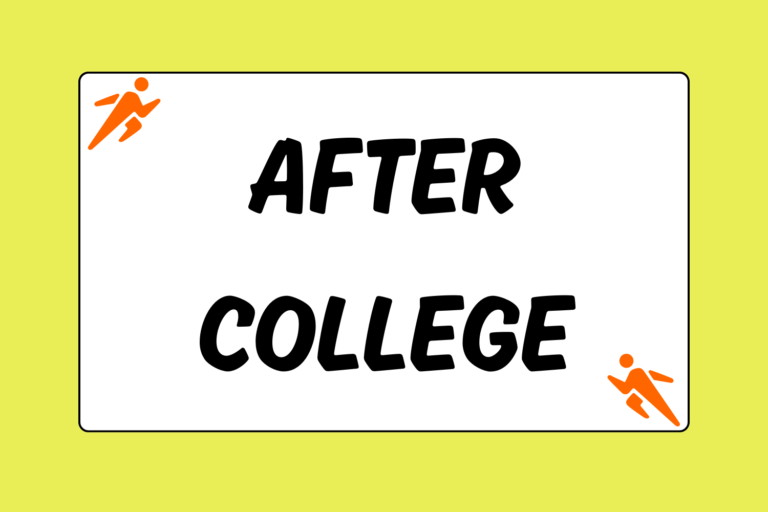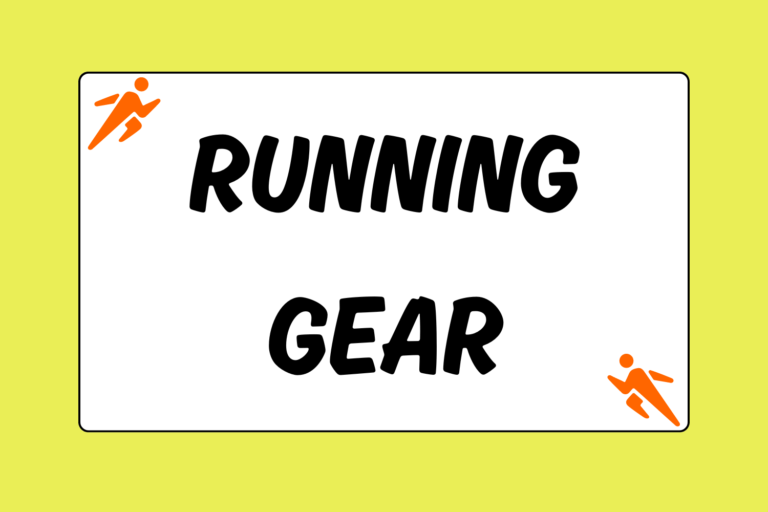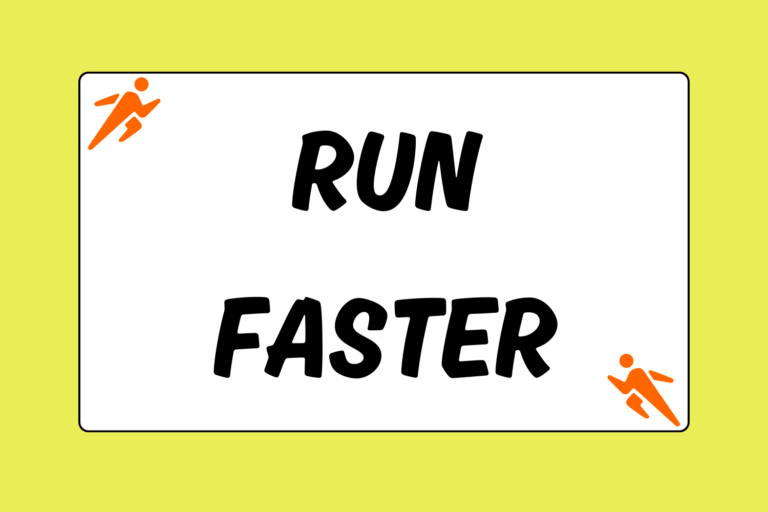Many runners underestimate the importance of a strong core. And if they do think about it, it is in context of the ever-elusive six-pack; the front of the stomach chiseled into six symmetrical symbols of your hard-won fitness.
But, in reality, the core goes far beyond an impeccably defined stomach. It is comprised of many muscles and tendons, including the back, hips, glutes, pelvic floor, and abdominals, all of which are vital components in maintaining an efficient and powerful running stride.
The more you know about this elusive area of the body, the better you will be able to target the proper muscles during cross-training sessions.
Abdominal Muscles
The abdominals are a group of six muscles that extend from the ribs to the pelvis. They support the movement of the top part of the core and help regulate the breathing process.
External Oblique
The external oblique is the largest of the three flat muscles on the side of the abdominals. It’s not very thick, but spans wide and has a kind of square shape. The external oblique pulls the chest downward, which compresses the abdominals.
Internal Oblique
The internal oblique is located just below and perpendicular to the external oblique. It stretches from the lower back to the upper part of the hip bone and connects to the tenth and twelfth ribs.
The internal oblique contracts when the diaphragm expands during breathing. It also pulls the rib cage and abdominal midline toward the hip and lower back when the side bends.
Transversus Abdominus
Just underneath the internal oblique lies the transversus abdominus muscle. It originates near the inside of the front of the hip bone and runs up to the twelfth rib. It’s the deepest of the major abdominal muscles and acts to compress the ribs, which in turn stabilizes the entire core.
The transversus abdominus is the first muscle to engage when you flex and flatten your abs.
Rectus Abdominus
The rectus abdominus is the muscle more commonly known as (when well-defined) the aforementioned six-pack. It’s actually comprised of ten sections with five on either side of the midline. It functions to flex the lower back, help breathing, and protect the internal organs.
Pyramidalis
Behind the rectus abdominus lies the pyramidalis muscle. This muscle is shaped like a small triangle and is actually non-existent in one-fifth of the population. It serves to tense the linea alba, the connective tissue that lines the anterior wall between the two rectus muscles.
Lower-Back Muscles
The lower back is comprised of three large muscles (or muscle groups) that support the spine and maintain correct body alignment.
Erector Spinae
The erector spinae connects along the spine and is comprised of not one, but many muscles that all work together to extend the spine.
This is important for runners, who spend a lot of time compressing their backs through the constant stress of daily training. A strong erector spinae will help counter the effects of the pounding by maintaining a sufficiently elongated spine.
Serratus Posterior
“I literally used to just go run…now I do a lot of core strength. It makes me feel like I’m just overall a better athlete. It’s just a new stimulus for my body. All the little things that are starting to make a big difference.”
Shalane Flanagan
After breaking the American 3,000m record
The serratus posterior begins at the eleventh vertebra, runs sideways and upwards in a rectangular shape, and eventually connects to the lower parts of the ninth, tenth, eleventh, and twelfth ribs. It acts to pull the lower ribs back and down, which also helps expel air out of the lungs. It is one of the muscles, like the transversus abdominus, that you feel most when flexing the abdominals.
Latissimus Dorsi
Stretching from the top of the back side of the pelvis all the way up to the underarm, the latissimus dorsi is a round muscle that becomes thinner as it spans upward. It extends and laterally flexes the lower back.
Pelvic Floor
The pelvic floor refers to a group of muscles that extend from the back to the pubic bone. The muscles (along with the other tissues that surround them) hold vital organs in place, which allows them to function properly.
Levator Ani
The levator ani is a thin, wide-spanning muscle comprised of three smaller muscles that form the inner side of the pelvis. It acts to support the sides of the pelvic cavity and creates a sort of muscular wall on the inner sides of the pelvis.
Coccygeus
The coccygeus is shaped like a triangle and located behind the levator ani. It contracts inward to control the tilt of the pelvis. It also borders the sacrum, one of the fused bones located in the lower back, and is known sometimes known as the “tailbone muscle.”
Hips
The hip is roughly defined as the group of muscles that extend from the waist to the upper thigh on the front and side of the body. They control the movement of the hip joint, which in turn controls the motion of the legs.
Iliopsoas
Comprised of the psoas major, psoas minor, and iliacus, the iliopsoas is the strongest of the hip flexor muscles. It starts at the bottom five vertebrae of the spine and stretches into the inner part of the pelvis.
Lateral Rotator
This group of muscles rotates the legs from the hip sockets into a “turned out” position. It is comprised of six different muscles (PGOGOQ): the piriformis, gemellus superior, obturator internus, gemellus inferior, obturator externus, and quadrates femoris.
These areas of the body often act up in runners, and connect down to the much-used (and overused) hamstrings.
Gluteus
The three gluteus muscles also help to control the movement of the hip joint, and directly impact the movement of the rest of the leg. They are the strongest muscles in the body.
Gluteus Maximus
The largest of the gluteal muscles, the gluteus maximus is known more casually as the “butt muscle.” It connects to the iliotibial band and stretches to the lower back. It acts to both turn the legs outward and to stabilize the pelvis.
Gluteus Medius
The gluteus medius is a four-sided muscle, located on the outside of the pelvis. It acts to abduct (pull away from the center of the body) the thigh, as well as support the pelvis when weight is shifted from one leg to the other.
Gluteus Minimus
The smallest of the three gluteal muscles, the gluteus minimus lies directly below the gluteus medius on the outside of the pelvis. It assists in the abduction (moving towards the center of the body) of the thigh, and also rotates the legs inward.
The Core Principles
It may seem like a lot to think about, but having a general idea of this group of muscles will make it easier to design an effective workout routine. The core is, after all, the center of our body—the foundation that drives all movement. And the stronger your foundation, the better runner you will be.





